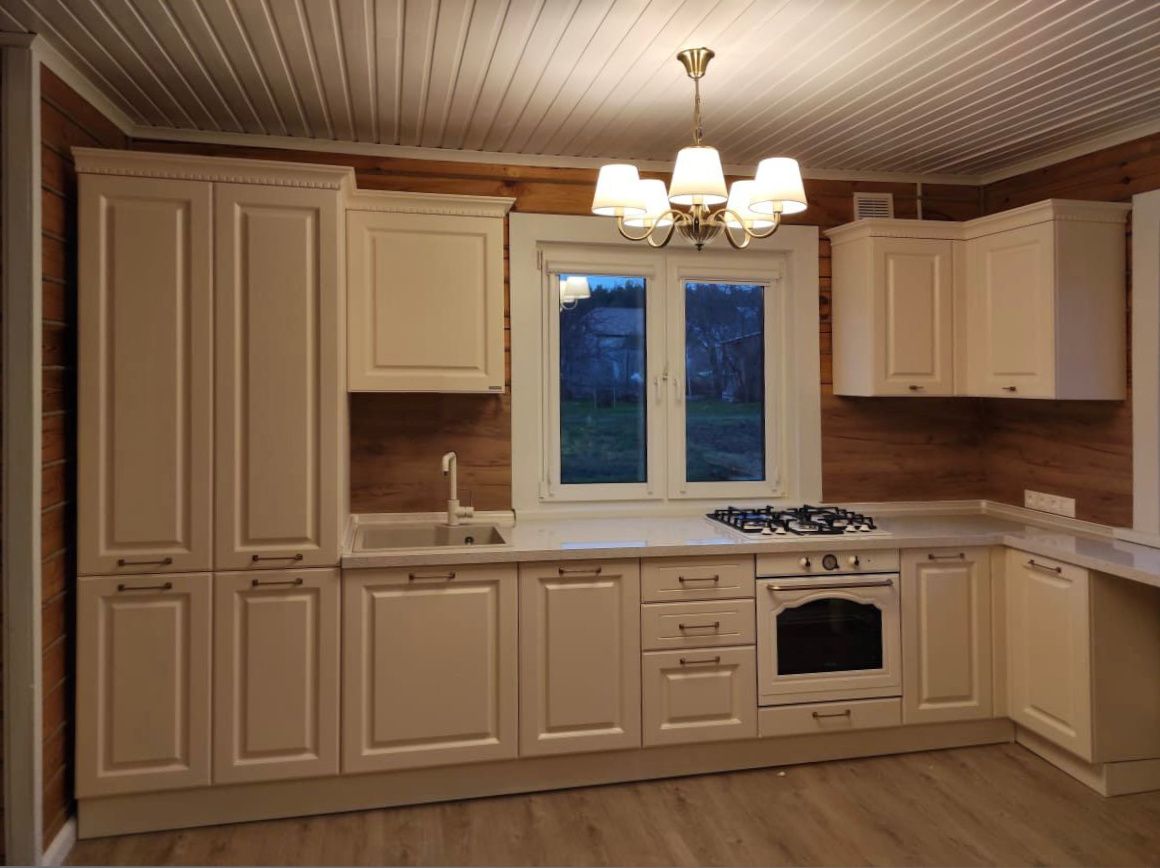
Culinary Spaces Redefined: Innovation in the Heart of the Home
The Evolution of Culinary Spaces
In recent years, we have witnessed a transformative shift in the way we conceptualize and interact with our culinary spaces. No longer are kitchens merely functional rooms designated for cooking; they have become multi-purpose hubs of the home, reflecting our lifestyles and values. As a result of technological advances and changing social dynamics, these spaces have evolved to accommodate a broader spectrum of activities, all while embracing aesthetic appeal and ergonomic design.
Integrating Technology and Functionality
The innovation in culinary spaces is largely driven by the integration of cutting-edge technology. Smart appliances, precision cooking devices, and interconnected systems have made food preparation more intuitive and efficient. Additionally, sustainable technologies are being incorporated to reduce the environmental impact of our kitchen habits, with energy-efficient appliances and water-saving fixtures becoming the norm. The focus on functionality has led to the invention of multi-functional furniture and fixtures that optimize space and enhance versatility.
Design Trends Shaping Modern Kitchens
Design trends in modern kitchens are characteristically leaning toward clean lines, minimalist layouts, and a mixture of textures and materials. The use of natural light, open shelving, and pops of color contribute to creating an inviting atmosphere. Furthermore, the popularity of communal dining and open-plan living has sparked a demand for kitchens that seamlessly transition into other living spaces, promoting social interaction and a sense of community within the home.
Embracing Personalization and Self-Expression
As kitchens become extensions of our personality, there's an increasing emphasis on customization and self-expression. Homeowners and designers are turning to bespoke fixtures, unique color palettes, and quirky design elements to make a statement. Whether it’s through handcrafted tiles, heirloom pieces, or innovative lighting solutions, personal touches are redefining culinary spaces as reflections of individual style and taste.
The Social Kitchen: Cooking as a Shared Experience
The social component of cooking has profoundly influenced kitchen design. Culinary spaces are being crafted with entertaining in mind, from spacious kitchen islands that double as dining areas to integrated seating that encourages guests to mingle. This shift acknowledges the kitchen's role as a gathering place where memories are made, conversations are had, and relationships are strengthened, all while meals are being prepared and enjoyed.
The Future of Culinary Spaces
Looking toward the future, culinary spaces will continue to break boundaries and redefine what it means to be a kitchen. Innovations in artificial intelligence and home automation will likely play influential roles, further enhancing efficiency and personalization. We can expect to see a greater push for sustainable practices and materials, as well as adaptable design that caters to the diverse needs of households. The kitchens of tomorrow promise to be as dynamic and multifaceted as the lives they support.
Conclusion: Elevating the Heart of the Home
Innovation in culinary spaces is not just about technological advancements or aesthetic updates; it's about reimagining the heart of the home for a new era. As these spaces continue to adapt to our changing world, they encapsulate the perfect blend of tradition and progress, utility and beauty, individuality and togetherness. The redefined culinary space is a testament to the role that food, and the process of making it, plays in our daily lives - nourishing, connecting, and inspiring us in countless ways.